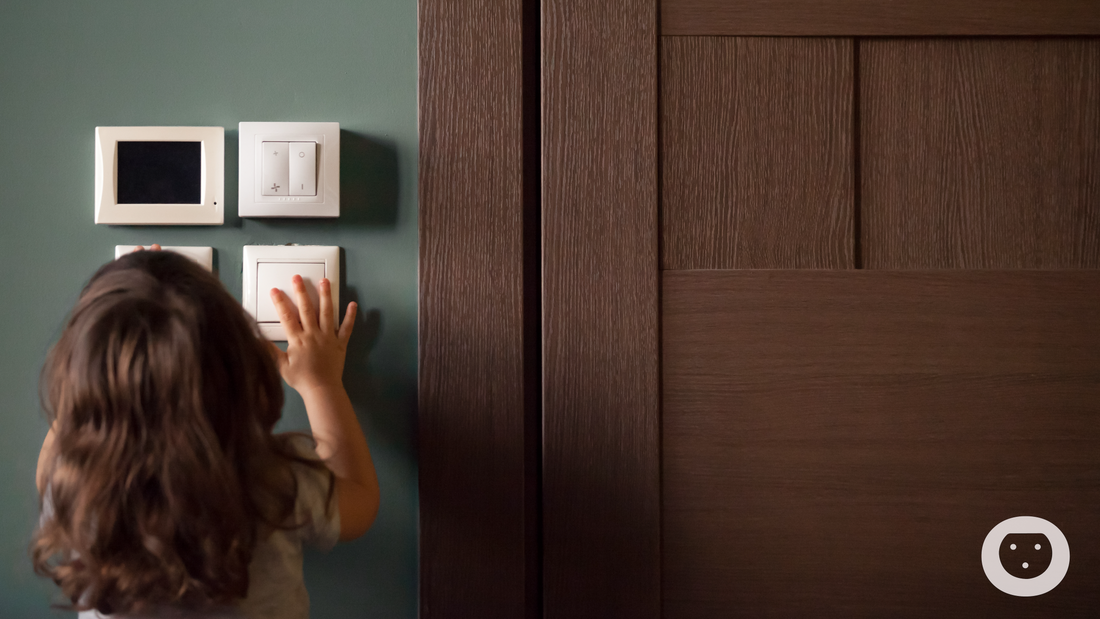Smart home devices have revolutionized the way we live, making everyday tasks more convenient and efficient. From voice assistants to smart plugs and cameras, these technologies offer numerous benefits for families. However, as more smart devices enter our homes, they also bring unique safety concerns—particularly for children.
In the digital age, keeping kids safe around smart home devices requires a combination of awareness, education, and proactive measures. Here’s how to create a safer, smarter home for your family.
Understand the Risks of Smart Devices
While smart home devices are designed to simplify life, they can pose potential risks for children.
Common Concerns:
- Physical Hazards: Devices with cords or plugs can become tripping hazards or lead to electrical accidents.
- Privacy Issues: Voice-activated devices may record conversations or inadvertently expose personal data.
- Unauthorized Access: Kids might accidentally activate or misuse smart devices, such as turning on a connected appliance.
First Steps:
- Identify all smart devices in your home and their potential risks.
- Create a plan to address physical, digital, and usage-related hazards.
Secure Smart Devices Physically
Keeping devices out of reach and safely secured is the first line of defense for child safety.
Action Steps:
- Use Cord Covers: Secure cords for smart speakers, cameras, and other devices along walls or baseboards.
- Elevate Devices: Place devices like smart hubs, voice assistants, or smart cameras on high shelves, out of your child’s reach.
Manage Privacy Settings and Permissions
Smart devices often collect data, but parents can take steps to control how that data is accessed and used.
Action Steps:
- Review Privacy Policies: Check the privacy settings on all devices and limit data collection to what is absolutely necessary.
- Disable Unnecessary Features: Turn off voice recording or location tracking on devices that don’t need them.
- Use Child Accounts: Create child-specific accounts with restricted access for devices like tablets, TVs, or gaming consoles.
Set Boundaries for Device Usage
Educating children about appropriate use of smart devices is critical for their safety.
Action Steps:
- Explain Device Functions: Teach your child what each device is for and how to use it responsibly. For example, explain that the smart speaker can answer questions but isn’t a toy.
- Set Usage Limits: Limit the time and frequency with which your child interacts with smart devices to avoid misuse.
- Create Safe Zones: Designate certain areas of the home as “smart device-free zones,” such as bedrooms or play areas.
Enable Parental Controls
Most smart devices come with built-in parental controls that can help prevent accidental or unauthorized usage.
Action Steps:
- Use Lock Modes: Enable PINs or passwords for smart hubs, thermostats, or other devices your child might interact with.
- Restrict Purchases: Disable one-click purchasing or require authentication for buying items through voice assistants.
- Monitor Activity: Use device apps to review usage history and ensure no unsafe or inappropriate actions have been taken.
Teach Kids Digital Safety Basics
Kids are naturally curious about technology, so teaching them the basics of digital safety is crucial.
Key Lessons:
- Ask Permission First: Encourage your child to ask before using any smart device.
- Don’t Share Personal Information: Teach them never to say sensitive information, such as names or addresses, near a voice assistant.
- Recognize Off-Limits Devices: Make it clear which devices are for adult use only.
Stay Updated on Security Features
Smart devices are constantly evolving, and keeping your family safe means staying informed about updates and new features.
Action Steps:
- Install Updates Regularly: Update device software to ensure the latest security patches are applied.
- Replace Outdated Devices: Upgrade older devices that may no longer receive security updates.
- Use a Secure Network: Protect your home Wi-Fi with a strong password and enable encryption to prevent unauthorized access.
Conclusion
Smart home devices can bring immense convenience and fun to your household, but ensuring your child’s safety around them requires proactive effort. By addressing physical risks, managing privacy settings, and teaching responsible usage, you can create a safe and secure environment where technology enhances your family’s life.

